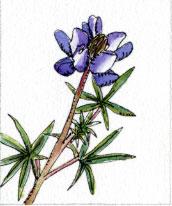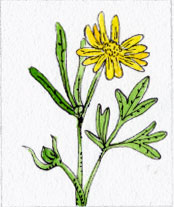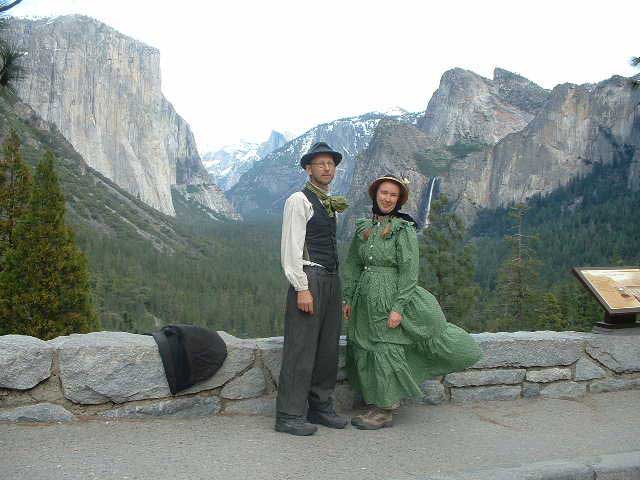April 26 Day 25
When we finished walking yesterday, we went up to the closest ranch house to ask directions. The ranchers were real interested to know about our trip, and were excited to learn that John Muir may have walked through their ranch. They let us camp in their front yard and so we were able to get an early start the next morning. We were hiking by 7 am and began the day by walking through a 2 mile square almond orchard, then walked about 3 miles up the Turlock Road until we came to a canal that would take us to Snelling. The canal allowed us to bypass the main roads for about 10 miles.
early start the next morning. We were hiking by 7 am and began the day by walking through a 2 mile square almond orchard, then walked about 3 miles up the Turlock Road until we came to a canal that would take us to Snelling. The canal allowed us to bypass the main roads for about 10 miles.
We have started to notice that a road called something like "Turlock Road" or "Yosemite Road" was likely a main thorough fare in the past. keep your eyes open for those kind of road names and look where they lead. it is just like taking a history lesson.
I had just been saying to Donna that the walk along the canals through the valley had not been boring, not all that exciting, even plain maybe, but not boring. I had to eat my words at the end of the day. We walked through ten miles of almond orchards. almond trees and mowed weeds for ever. Muir would have hated those ten miles, almond orchards are about the most sterile natural setting in the world.
 We ended the day near Hopeton, where we were picked up by Alita and Robert Bauer. We had showers, a good home-cooked meal, and a lively discussion of exactly where Muir zwalked on his way to Coulterville and what Muir did when he returned to Snelling after completing his trip to Yosemite.
We ended the day near Hopeton, where we were picked up by Alita and Robert Bauer. We had showers, a good home-cooked meal, and a lively discussion of exactly where Muir zwalked on his way to Coulterville and what Muir did when he returned to Snelling after completing his trip to Yosemite.
April 27 Day 26
Yesterday we started to notice that the ground was no longer completely flat; there were some rolling hills, and today we definitely entered the foothills. The first 5 miles we walked along small, lightly used county roads. I haven't really noticed before how leveled-out roads are. We were walking right beside the road, along orchard roads at the edges of more rows of almond trees. These little dirt roads went up and down, up and down, and we could see the paved main road next to us rising at a constant grade, with cut and fill, cut and fill.
The next ten miles we walked on a dirt county road that has a locked gate, so there were no cars, no people, only cows. At the end of the day, we could look back and see below us Snelling, Hopeton, Ballico and the San Joaquin Valley, shrouded in haze. The scenery was as grand as in Henry Coe Park. A rutted ranch road took us through miles of rolling hills: uncultivated fields of grazing land for cattle that were covered with wildflowers. We saw seas of yellow goldfields, orange fiddlenecks and white popcorn flowers and hyacinth brodiaea. On one side of the road there was purple: vetch (I know it is a weed, but it is beautiful in flower) lupine, clover and giant larkspur, on the other side there was yellow: butter and eggs, mariposa lily, monkey flower and tidy tips. But there was no red, and there was no dark blue. I wonder if Muir would have lamented the lack?
 The last two days were the longest days of the trip, and the longest distances I have ever walked. Tomorrow is another 15 mile day, as we have to get to Coulterville by Saturday to give our talk.
The last two days were the longest days of the trip, and the longest distances I have ever walked. Tomorrow is another 15 mile day, as we have to get to Coulterville by Saturday to give our talk.
A Muir Note:
We are taking the 5 day break justified by the fact that Muir also took a break: he had a re-occurrence of the malaria fever, and was down for four or five days.
Muir had to get through about eight feet of snow at Crane Flat. I was hoping we would not be following so exactly in his footsteps as far as the snow went, but it looks like we will hit snow (there is over eight feet of snow up at Crane Flat now. I am hoping that
the next 7 days will all be hot and the snow will melt. We have snowshoes with us, but I hope we will not have to use them.





